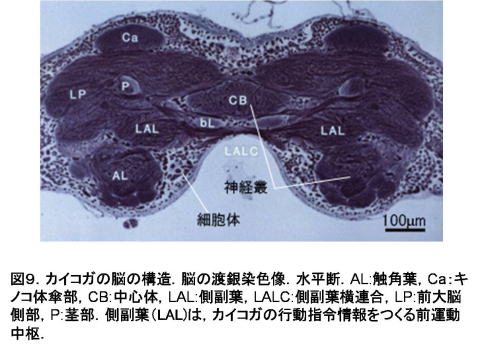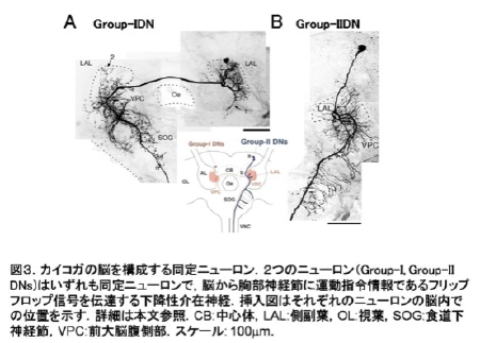back
The
insect brain consists of two cell types: neurons and glia. They
develop from the same progenitor cells. Glia cells are though to
have mostly supporting functions. The cellular unit of information
processing in the brain is the neuron (from Greek, for “streak”).
The basic structure and function of neurons is similar throughout
the animal kingdom. Neural circuits occur already in animals as
simple as Cnidarians (for example sea anemones and jellyfish). With
increasing complexity, the loose nerve nets condense into ganglia
and brains. While humans have 1014 neurons in the brain,
the small insect brains are composed of 105-106
neurons. An important concept in insect nervous systems is that
neurons can be individually identified by their physiological and
morphological properties. Identified neurons are greatly
contributing to our understanding of information processing in
insect brains.

back
